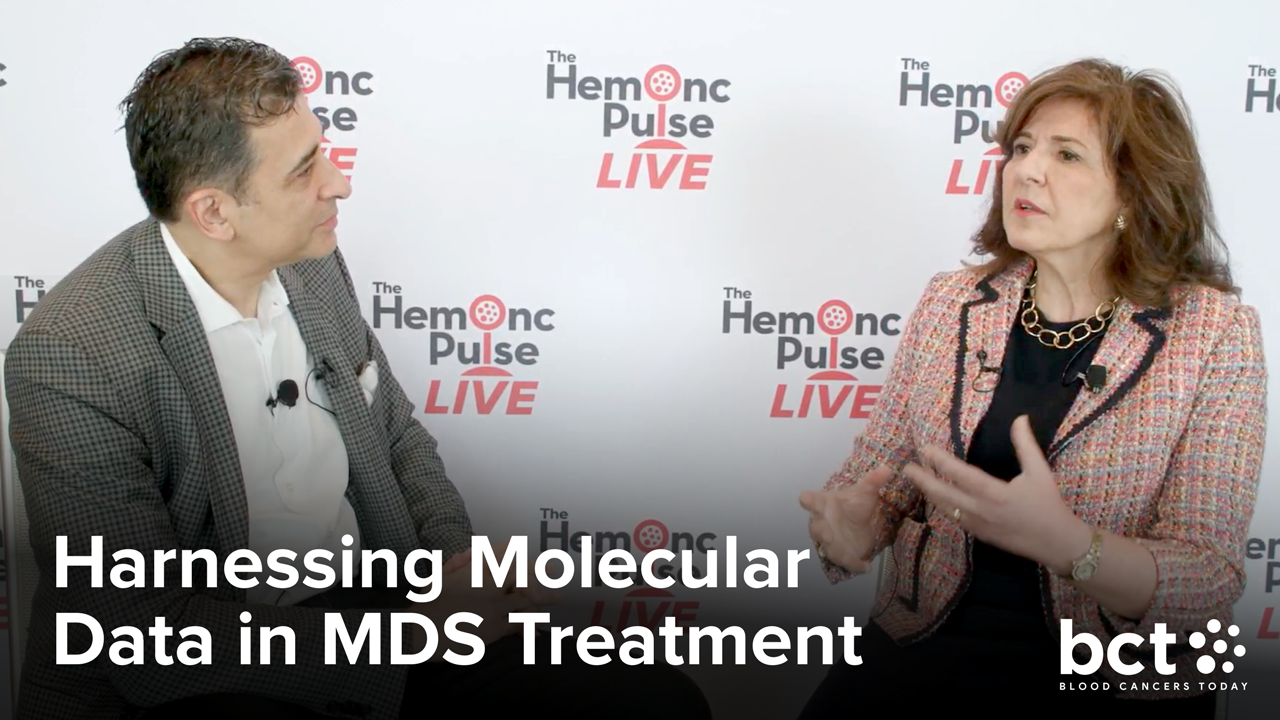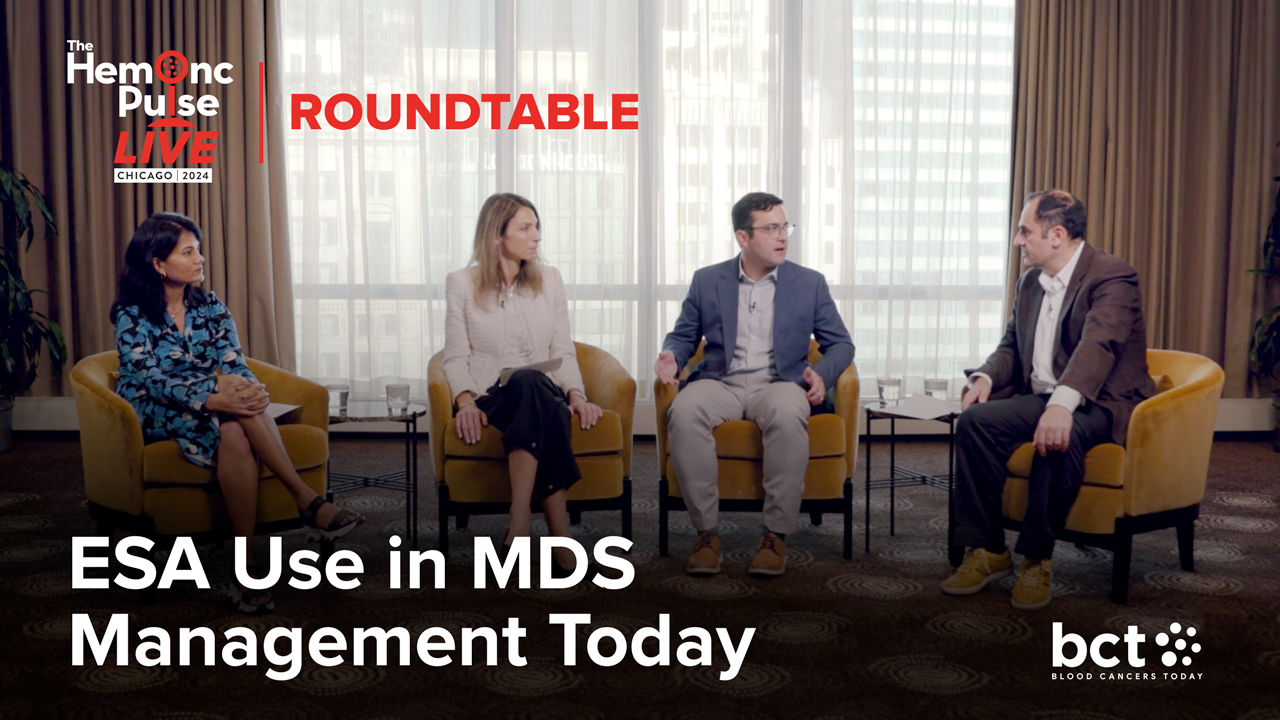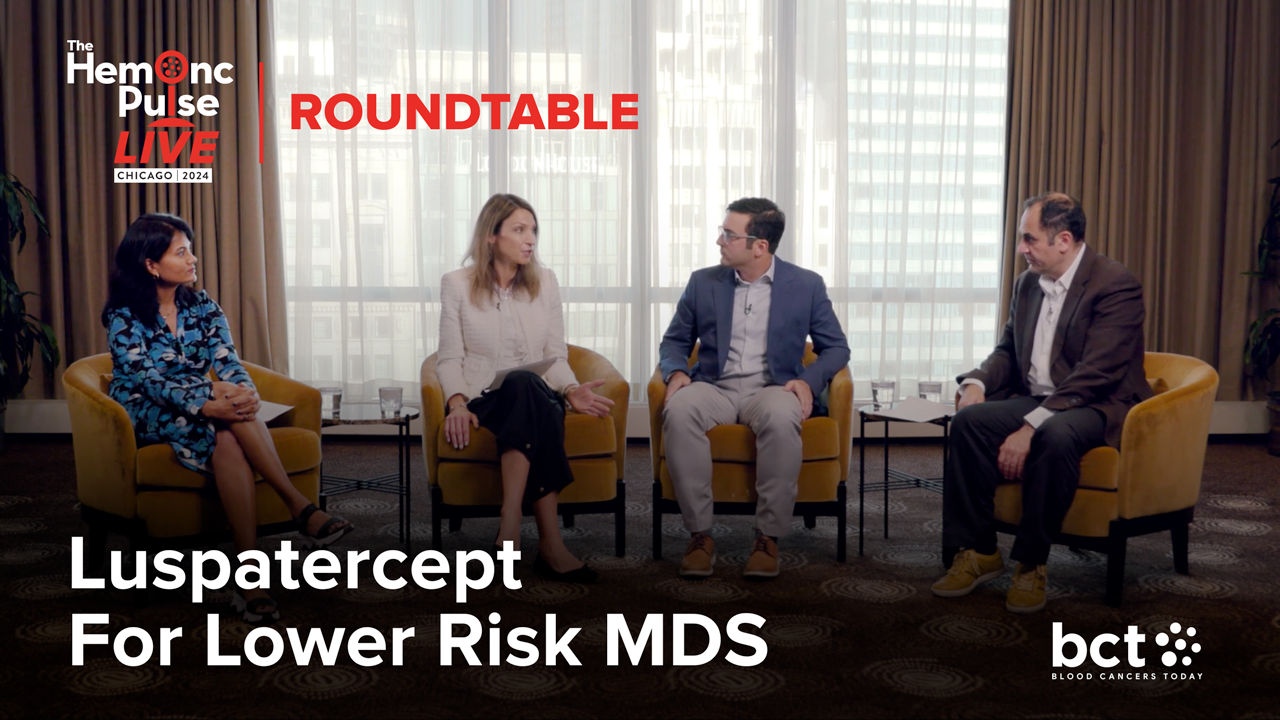How Is Molecular Testing Used in MDS Risk Stratification?
By Amer Zeidan, MBBS, MHS, David Swoboda, MD, Jamie Koprivnikar, MD, Sangeetha Venugopal, MD, Leah Sherwood, Andrew Moreno - Last Updated: June 17, 2024A roundtable discussion, moderated by Amer Zeidan, MBBS, MHS, of Yale University, focused on the latest updates in the care of myelodysplastic syndromes (MDS). The panel included David Swoboda, MD, of Tampa General Hospital; Jamie Koprivnikar, MD, of Hackensack University Medical Center; and Sangeetha Venugopal, MD, MS, of the Sylvester Comprehensive Cancer Center in Miami.
In the third segment of the series, the panel discusses molecular testing in risk stratification of MDS.
____
Dr. Zeidan: In terms of risk stratification, we touched a little bit on the Molecular International Prognostic Scoring System (IPSS-M), but many centers don’t have the capacity to look at all those genes. Many centers will only do a subset of those genes. Some, I would say most, don’t have the capacity to do the loss of heterozygosity, for example. How have you been using this system? Do you use it selectively, or do you use a partial gene set?
Dr. Swoboda: Normally, I would think about how we have the ability to get everything, but we still use the Revised International Prognostic Scoring System (IPSS-R) and IPSS-M for all our patients because the reality is that IPSS-M does upstage a lot of patients. Most of our treatments are primarily based on the older prognostic classification.
We’re going to talk about luspatercept, but a lot of those patients who were considered lower risk by IPSS-R, at least a quarter of them were higher risk by IPSS-M. Those patients still respond to luspatercept. Where I incorporate it most is transplant decisions.
Thinking about patients with higher-risk molecular disease, those are patients I’m probably going to want to send to transplant. Outside of transplant, when it comes to treatment decisions, I do use both systems. I talk to patients about both and educate them about both. When you lack all the mutations, you try to use your best judgment, use the IPSS-R, and have a discussion with your patients.
A lot of this gets into the very nitty gritty, but it’s still a spectrum. When you’re dealing with lower-risk disease, you’re primarily focused on supportive therapy. When you’re dealing with high-risk disease, you’re more likely to be focused on transplant. Sometimes the big picture is the better way to look at it.






 © 2025 Mashup Media, LLC, a Formedics Property. All Rights Reserved.
© 2025 Mashup Media, LLC, a Formedics Property. All Rights Reserved.